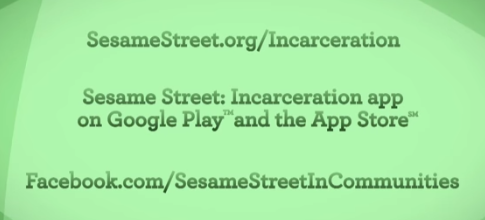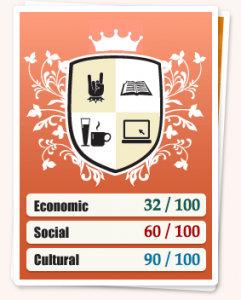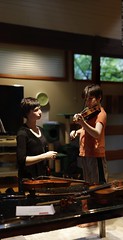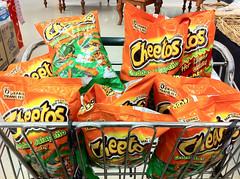
If you happen to be watching Sesame Street, you may notice a new Muppet named Alex. The child’s father is in prison. Many viewers may consider Alex’s incarcerated parent an unusual, heavy topic for the program that has taught generations of kids their ABC’s and 123’s. But children across the country, particularly African-American children, are in Alex’s position.
The Nation consulted sociologists Christopher Wildeman, Sara Wakefield, Kristin Turney, and John Hagan about the effects of parental incarceration on children. They found that children with incarcerated parents had significantly higher rates of aggression, mental-health issues, behavioral problems, and risk of homelessness than peers whose parents had never been to prison. However, although they have identified a key link between parent imprisonment and children’s mental health, researchers like Turney are still figuring out how and why this connection exists. “Is it stigma, attachments, income loss, parents breaking up and relationships not surviving? We don’t know,” Turney reports.
More than a decade ago, Hagan stated that effects on children might be “the least understood and most consequential” results of incarceration. According to Wildeman, 1 in 30 white children and 1 in 4 black children born in 1990 experienced a parent going to prison before turning 14. The surge in incarceration rates disproportionately affects African-American children. Even if their fathers have a college degree, these kids are twice as likely as white children with parents who didn’t finish high school to have a parent in prison. And regardless of whether incarceration rates decline in the next few years, the effects of current imprisonment rates will last for several generations. That means that optimism about any decline in mass incarceration “must therefore be set against the backdrop of the children of the prison boom—a lost generation now coming of age,” according to Wildeman and Wakefield.









